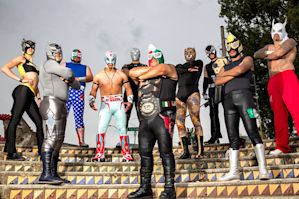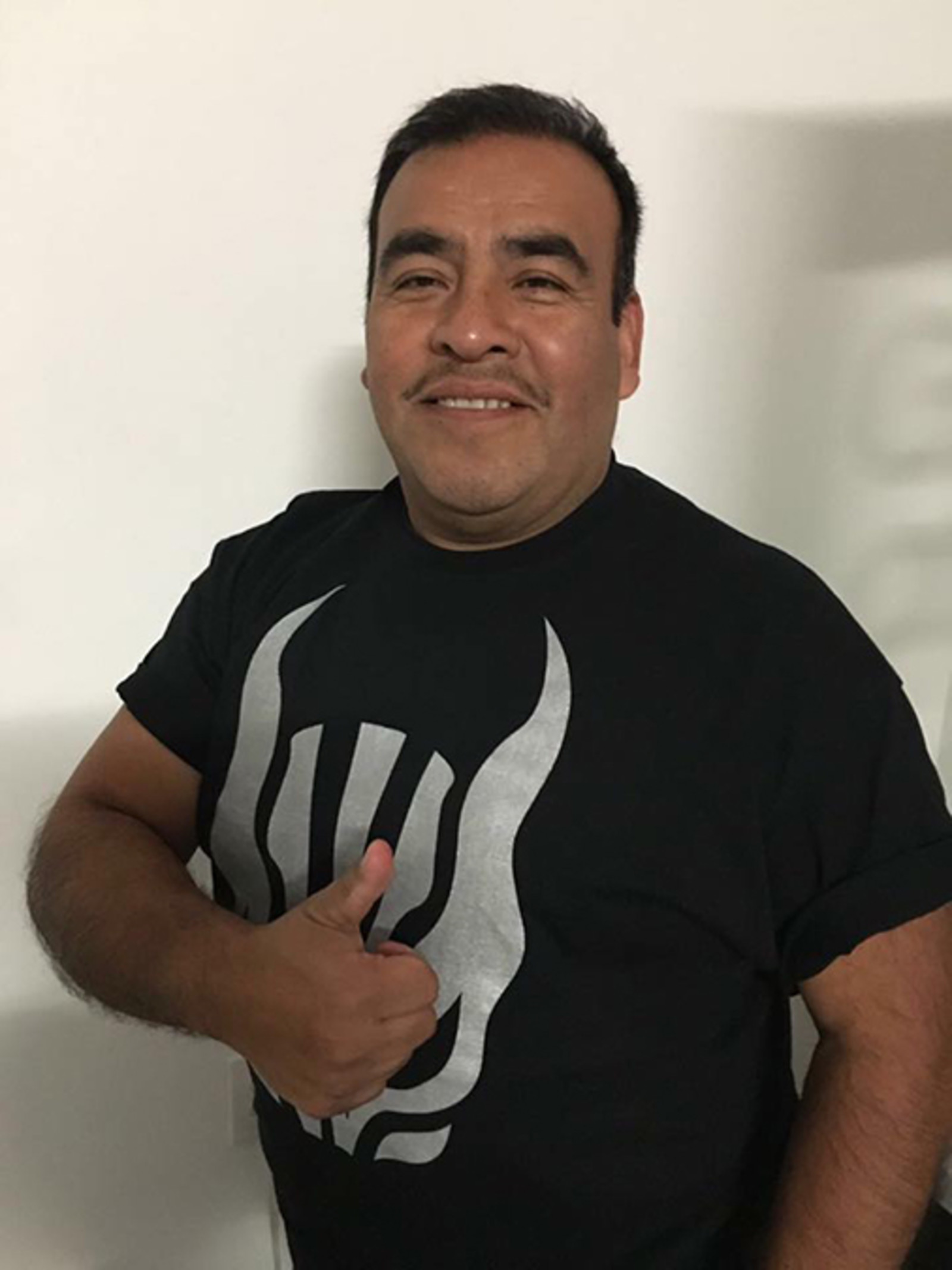Lucha Libre Volcánica

Beware of Flying Luchadors: Lucha Libre Volcánica is Seattle’s home for the popular Mexican sport.
Operatic clashes of good versus evil play out in a wrestling ring in lucha libre, the theatrical, acrobatic wrestling that rivals soccer for popularity in Mexico. Masked heroes (técnicos) clad in gaudy spandex grapple with villains (rudos) clad just as fantastically. Wrestlers whirl and toss one another around. Bass-heavy music thumps from the speakers and is punctuated by the rhythmic booms of bodies slamming the mat. Entertainment is the goal. Passionate crowds are encouraged to shout and scream as they cheer on their favorite luchadores, the rowdier the better. The crowd participates, an accomplice to the show—heckling opposing wrestlers, who yell back. Often the bout overflows into the seats. Ring attendants ensure that the flying luchadors don’t crush their fans. But behind the action-packed fun and theatrical drama, there is some serious athleticism and training involved.
The man behind Lucha Libre Volcánica is Jose Luis Gomez, known as Profesor in the training gym. Members attend 2½-hour training sessions two days a week at Evolv Fitness, the same place they perform, located near I-5 on the edge of the thriving South Lake Union neighborhood. Workouts are intense. Gomez wrestled professionally in Mexico City before emigrating to Seattle nearly 20 years ago. The love of his favorite sport never faded, and seven years ago he started Lucha Libre Volcánica in a Renton gym. It started small but has now grown to over 25 members, 18 of whom participate at each event.

Profesor
Quinn Ressler, the general manager at Pagliacci’s Crossroads store, wrestled with Lucha Libre Volcánica for several months and regularly attends matches, cheering on his cook Felipe Tun. Ressler says, “The training is very hard and in the two-to-three-hour sessions you generally don't take breaks unless you really need one. Everyone else will continue, with or without you. It’s a ridiculous workout and it shows with the people that stick with it. One of the most popular wrestlers has lost over 100 pounds training with them.”
While putting on a good show is important, safety is critical. Spectacular aerial maneuvers are part of the show so wrestlers must learn the proper ways to leap from ropes, to catch a flying luchador, to fall, and to roll. While lucha libre, or free fighting, is partially choreographed, improvisation is everywhere. Wrestlers need to know each other’s moves and how to respond. Many of the moves are incredibly athletic.
“They’re all daredevils,” Ressler says. “Not too long ago one of the wrestlers broke his arm. So they all know the risk. That’s why training is so intense and why Profesor is strict.”

Avispa
This might sound a bit like an all-male Fight Club, but women are welcome. Currently the club features one luchadora, whose stage name is Avispa—wasp in Spanish. And the spirit in the gym is far from angry or combative. It’s collaborative. “They are like a big family and some of the nicest people you could ever meet,” Ressler says. “They work their butts off to make shows great and to bring new moves to each match, and after the show they line up outside to meet the fans.”
An unforgettable part of the lucha libre tradition is the colorful masks. After the pre-fight choreography, the stretching of muscles, the rubbing of liniments into taut necks and shoulders, the squeezing into spandex costumes, the most startling transformation comes when the luchador slips on the mask. Genial camaraderie vanishes and the fighter is transformed into his (or her) fierce alter-ego. Rarely do luchadores reveal their identities to fans. They stay in character, even after the show when shaking hands. Gomez, aka Profesor, is the exception.
The crowd, once mostly Latino, is more diverse now. The new location down in South Lake Union helps draw in curious new spectators. Many who come once become regulars.
For Ressler—and how could you not become a wrestler with a name like Ressler—fitness, fun, and the family-like group were the draws. “For the first month or two, I was so sore after practice that I could hardly move the next week. But it gets easier and you find you can do stuff you’d never thought possible, like headstands and flips. It is extremely fun.”

To see flying luchadores with your own eyes, follow Lucha Libre Volcánica on Facebook for alerts of upcoming shows or visit their website (http://luchavolcanica.com).

